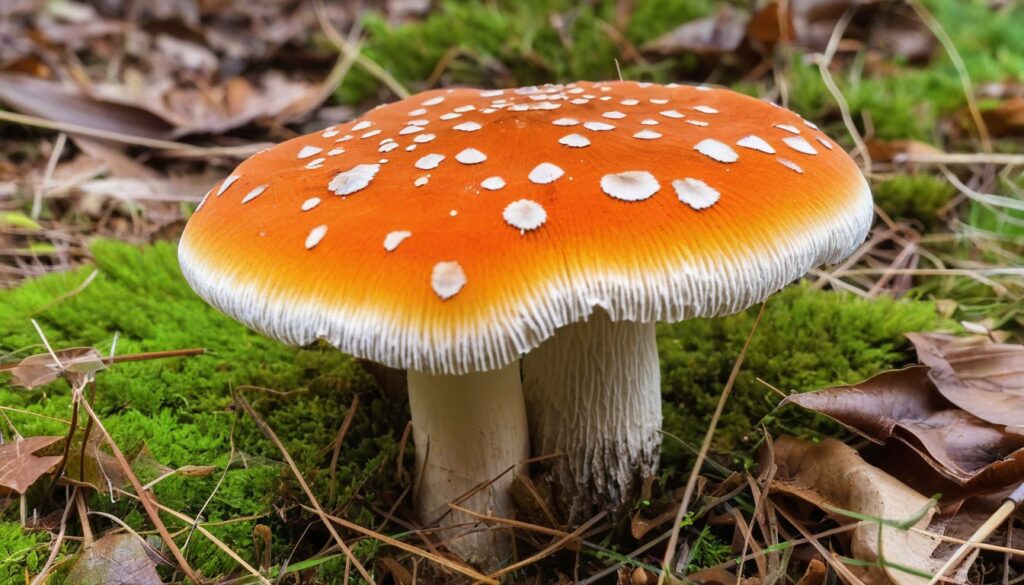Welcome to our comprehensive guide on poisonous mushrooms found in Arkansas! If you enjoy exploring nature in the state and have an interest in mushrooms, it’s essential to educate yourself on the various species native to Arkansas that possess harmful properties. In this guide, we’ll cover everything from identifying poisonous mushrooms to understanding the potential health risks associated with ingestion. Keep reading to stay informed and safe while enjoying the beauty of Arkansas’s natural environment.
Key Takeaways
- Arkansas is home to numerous species of poisonous mushrooms, and it is crucial to educate oneself about their characteristics.
- Identifying poisonous mushrooms by appearance can be challenging, but certain physical characteristics can aid in the differentiation process.
- It is essential to understand the potential risks associated with ingestion of poisonous mushrooms and the symptoms that may arise.
- Proper handling and caution are crucial when encountering poisonous mushrooms in the wild to minimize any potential risks.
- By following the right precautions and being informed, you can safely and confidently explore and appreciate the fascinating world of mushrooms in Arkansas.
Common Types of Poisonous Mushrooms in Arkansas
When foraging for mushrooms in Arkansas, it is crucial to be able to identify the most common types of poisonous mushrooms to avoid any potential health risks. Below is a list of the most frequently encountered poisonous mushrooms in Arkansas:
Mushroom Name | Distinctive Features | Habitat | Potential Risks |
|---|---|---|---|
Amanita phalloides | White gills, ring on stem, bulbous base | Forested areas, near oak trees | Liver and kidney failure, potentially fatal |
Amanita muscaria | Bright red cap with white spots | Coniferous forests | Nausea, vomiting, hallucinations |
Galerina marginata | Brown cap with lighter colored edges | Coniferous and deciduous woodlands | Liver damage, potentially fatal |
Clitocybe dealbata | White cap, gills, and stem | Grasslands and meadows | Gastrointestinal distress, potentially fatal |
When encountering any of these mushrooms, it is essential to avoid ingestion and prioritize caution during handling. Remember to familiarize yourself with distinguishing features and habitats to ensure your safety while exploring the diverse natural landscapes of Arkansas.
Identifying Poisonous Mushrooms by Appearance
When foraging for mushrooms, it is crucial to be able to distinguish between poisonous and non-toxic varieties. While some poisonous mushrooms have distinctive features, others appear similar to edible mushrooms, making visual identification challenging. However, paying close attention to specific physical characteristics can help you make informed decisions and prioritize your safety.
One key factor to consider is the cap shape and color. Poisonous mushrooms often have brightly colored caps, such as orange, red, or yellow, while many edible mushrooms have brown or white caps. Additionally, some poisonous mushrooms have caps with distinctive bumps or scales, while others have caps that are convex or funnel-shaped.
The gill attachment is another essential feature to note. Poisonous mushrooms often have gills that are free (unattached) or attached to the stem, while most edible mushrooms have gills that are attached to the cap. Additionally, the color of the gills can provide helpful information, as some poisonous mushrooms have bright or dark-colored gills, while many edible mushrooms have white or cream-colored gills.
Other physical characteristics to consider include the stem shape and size, the presence of a veil (a thin layer covering the gills when the mushroom is young), and the spore print color (the color of the powder produced by the mushroom’s mature gills).
Remember, never rely solely on appearance to identify mushrooms, as many non-toxic mushrooms may resemble their toxic counterparts. Using a combination of physical characteristics, knowledge of mushroom habitats and seasons, and expert guidance can help you safely and confidently navigate the world of mushroom foraging.
Poisonous Mushroom Species in Arkansas and Their Toxic Effects
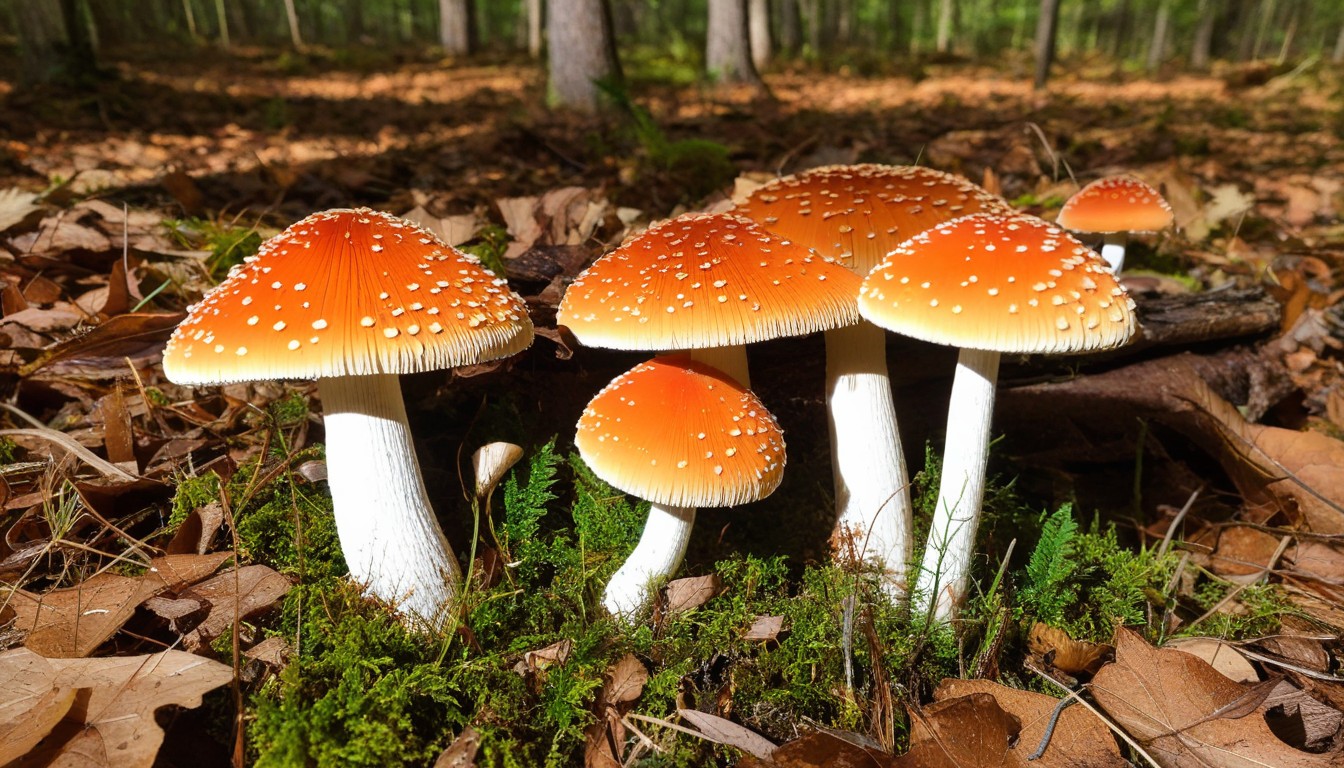
Arkansas is home to several poisonous mushroom species that should be avoided due to their harmful properties. The toxins contained within these mushrooms can cause various health risks if ingested.
Mushroom Species | Toxic Effects |
|---|---|
Death Cap (Amanita phalloides) | Elevated liver enzymes, kidney damage, multiple organ failure, and potentially death. |
Jackson’s Stinkhorn (Phallus jacksonii) | Abdominal pain, vomiting, diarrhea, and headache. |
Pale-Faced Hedgehog Mushroom (Hydnum albomagnum) | Symptoms similar to those from gastrointestinal infections and can be fatal for dogs and cats. |
Eastern False Morel (Gyromitra caroliniana) | Abdominal cramps, nausea, vomiting, sweating, and diarrhea, which can worsen over hours or days. |
It is vital to identify these species accurately before ingesting any mushrooms found in the wild. Symptoms can range from mild to severe, and some can lead to hospitalization and even death. If you experience any of the signs related to mushroom poisoning, seek medical attention immediately.
Poisonous Mushroom Look-Alikes in Arkansas
Identifying poisonous mushrooms can be challenging, especially when they have look-alikes that are harmless or even edible. In Arkansas, there are several species of poisonous mushrooms that have similar counterparts, making it essential to know how to distinguish between them.
One of the most common look-alikes is the Jack-O-Lantern mushroom, which is toxic and can cause severe symptoms if consumed. It resembles the edible chanterelle mushroom, but there are notable differences. The Jack-O-Lantern has true gills, while chanterelles have ridges, and the former has a bright orange color, while the latter ranges from yellow to orange.
Another poisonous mushroom you might come across is the deadly galerina. It resembles the edible honey mushroom, but it has a small cap, unlike the broader cap of the honey mushroom. The gills of the deadly galerina are brown, while the honey mushroom has white gills.
It’s important to note that not all look-alikes are harmless. The deadly angel is a poisonous mushroom that looks similar to the edible meadow mushroom, with white gills that turn pink with age. Be sure to take extra care when identifying mushrooms and seek expert advice if you’re unsure.
Below is a table comparing some common poisonous mushrooms in Arkansas with their look-alikes:
Poisonous Mushroom | Look-Alike |
|---|---|
Jack-O-Lantern | Chanterelle |
Deadly Galerina | Honey Mushroom |
Deadly Angel | Meadow Mushroom |
Take the time to learn about the distinguishing features of poisonous mushrooms and their look-alikes to ensure a safe and enjoyable foraging experience in Arkansas.
Seasons and Habitats for Poisonous Mushrooms
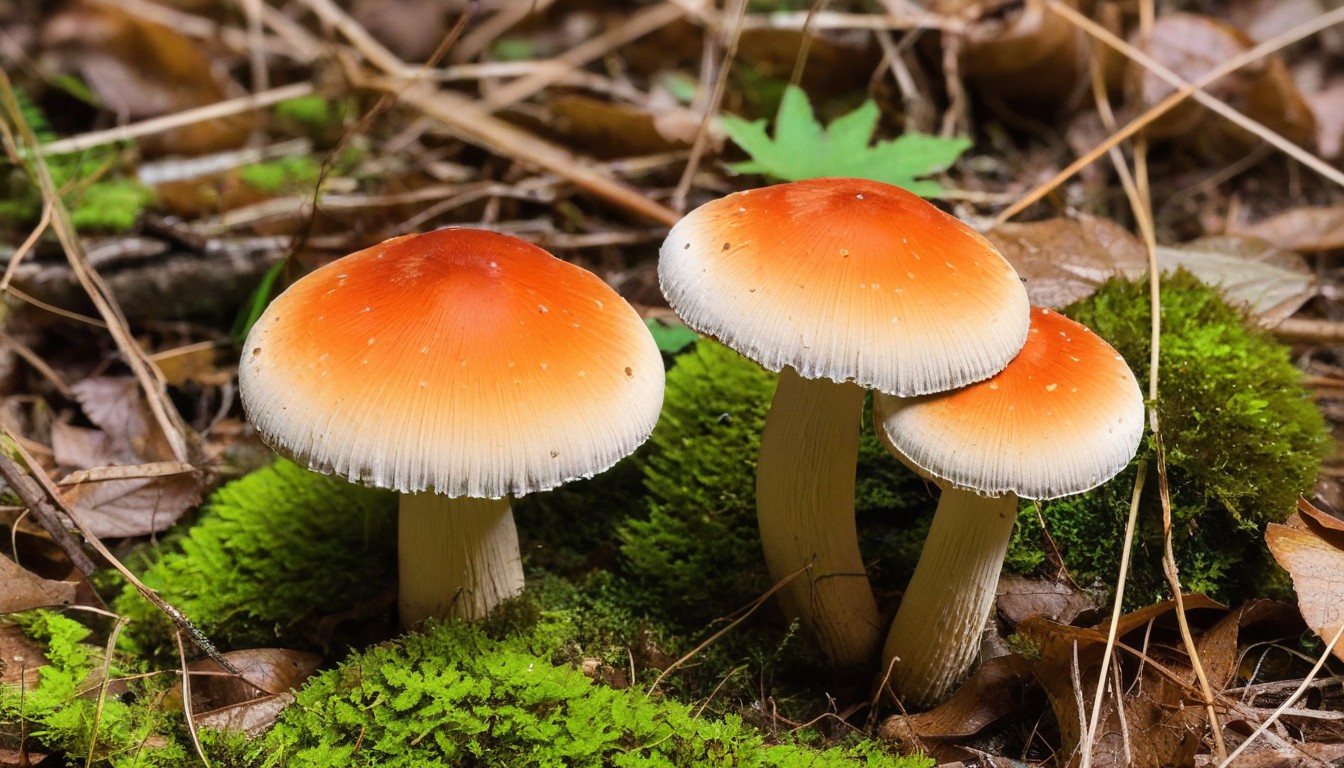
Understanding the seasonal and habitat variations of poisonous mushrooms in Arkansas is essential in avoiding accidental encounters. Some mushrooms thrive in specific environments, while others are more adaptable.
Spring and fall are the most common seasons for mushroom growth, and with the right weather conditions, some species can also appear during summer and winter. The moist and humid conditions of spring make it an ideal time for mushroom growth, while fall is when the majority of mushroom hunters are active due to the pleasant weather.
When it comes to habitats, poisonous mushrooms can be found in a variety of environments, including forests, grasslands, and swamps. Pay special attention to areas with heavy rainfall, as moisture is a key factor in mushroom growth. Also, keep an eye out for mushrooms growing near particular trees or plants, as this can provide essential clues to their identity.
Mushroom Species | Season | Habitat | Characteristic |
|---|---|---|---|
Death Cap | Spring and Fall | Oak trees | Smooth, greenish-brown cap and bulbous base |
Fool’s Mushroom | Summer to Fall | Grasslands and meadows | Reddish cap with wavy margins and yellowish stem |
Pale Cortinarius | Summer to fall | Under hardwood trees | Pale bell-shaped cap with rusty-brown scales on the stem |
Keep in mind that this table is just a small representation of the species found in Arkansas and should not be used as the sole reference for mushroom identification. Consult with a local expert or refer to reliable sources to gain a better understanding of poisonous mushrooms’ seasonal and habitat patterns.
Tips for Safely Handling and Removing Poisonous Mushrooms
When exploring nature in Arkansas, it’s essential to understand how to safely handle and remove any poisonous mushrooms you may come across. Here are some crucial tips to help you stay safe:
- Wear protective gear: Before handling any mushrooms, ensure you’re wearing protective gear such as gloves and a mask.
- Avoid touching with bare hands: Always use a tool like a knife or tongs to pick up a mushroom rather than touching it with your hands.
- Bag it: After removing the mushroom, place it in a sealable bag to prevent its spores from spreading.
- Dispose of properly: Dispose of the mushroom in a secure container away from kids, pets, and wild animals. You can bury it or put it in the trash.
- Wash your hands: After handling a poisonous mushroom or its spores, wash your hands thoroughly with soap and water.
- Don’t eat it: This may seem obvious, but never consume a mushroom unless you’re 100% certain it’s safe to eat.
By following these tips, you can safely handle and remove any poisonous mushrooms you may encounter while exploring the natural beauty of Arkansas.
Potential Risks and Symptoms of Mushroom Poisoning
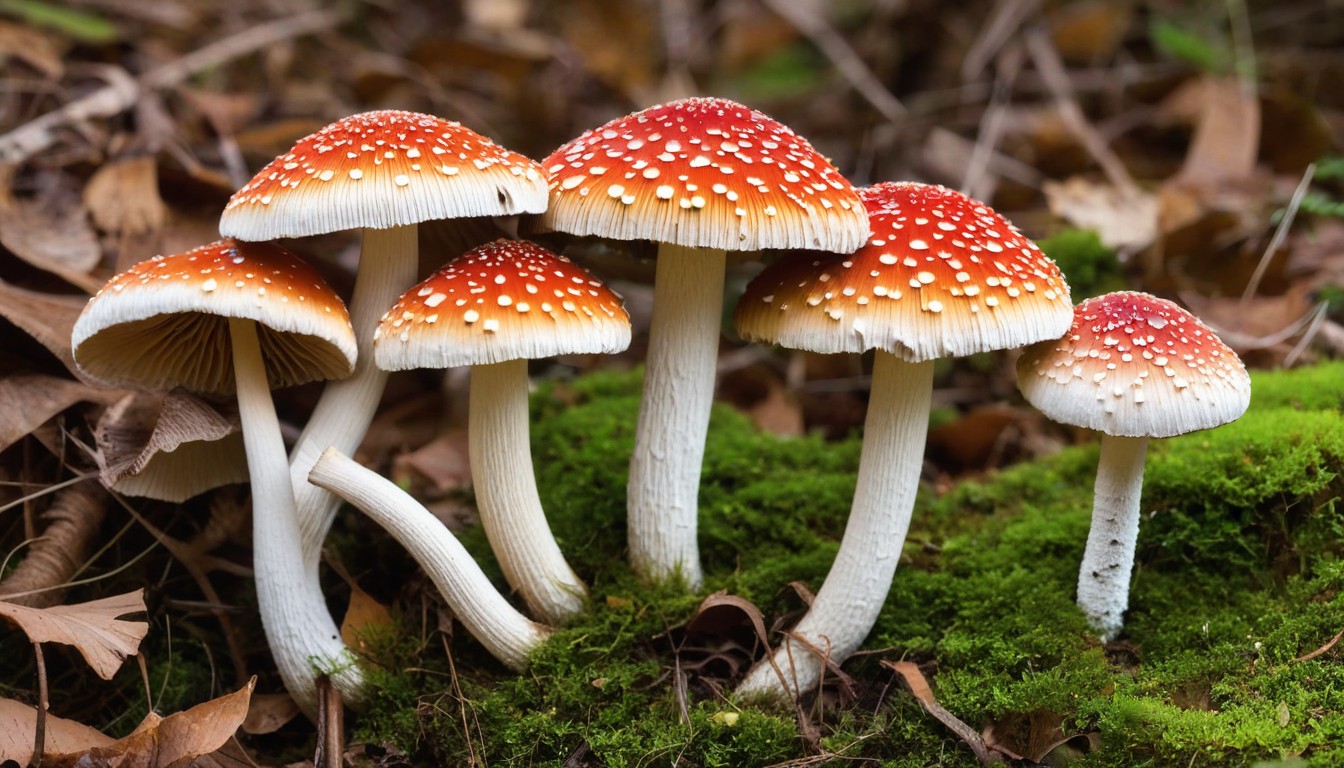
Foraging for mushrooms can be an enjoyable pastime, but it’s important to be aware of the potential risks associated with mushroom poisoning. Consuming poisonous mushrooms can lead to a range of symptoms, from mild discomfort to severe illness and even death.
The severity of symptoms can vary depending on several factors, including the type of mushroom consumed, the amount eaten, and the individual’s age and overall health. Some symptoms may appear within an hour of ingestion, while others may take several hours or even days to appear.
Common symptoms of mushroom poisoning include:
- Gastrointestinal distress: Nausea, vomiting, diarrhea, and abdominal pain are all common symptoms of mushroom poisoning. These symptoms can be mild or severe, depending on the amount of toxin consumed.
- Neurological symptoms: Some poisonous mushrooms can affect the nervous system, leading to confusion, hallucinations, seizures, and even coma.
- Damage to liver and kidneys: Certain toxic mushrooms can cause damage to the liver and kidneys, leading to abdominal pain, jaundice, and kidney failure.
If you experience any of these symptoms after consuming mushrooms, it’s essential to seek medical attention immediately. Delaying treatment can increase the risk of serious complications and may even be life-threatening.
Emergency Actions for Mushroom Poisoning Incidents
If you suspect mushroom poisoning, time is of the essence. It is crucial to take the following emergency actions immediately:
- Contact emergency services or visit the nearest emergency room as soon as possible. When calling for help, provide the following information:
- The name and approximate amount of the mushroom(s) ingested
- The time of ingestion
- The symptoms being experienced
- The individual’s age, weight, and medical history
Refrain from inducing vomiting, as this may worsen symptoms or cause further damage to the individual’s health.
If possible, take a sample of the mushroom with you to the hospital for identification purposes. This can help medical professionals tailor their treatment plan to the specific type of mushroom toxin involved.
If the individual is experiencing severe symptoms, such as difficulty breathing or loss of consciousness, administer CPR (cardiopulmonary resuscitation) or other relevant first aid techniques as necessary.
Remember, mushroom poisoning can be life-threatening. Quick and effective emergency actions can significantly increase the chances of a positive outcome in these situations.
Expert Advice on Mushroom Foraging in Arkansas
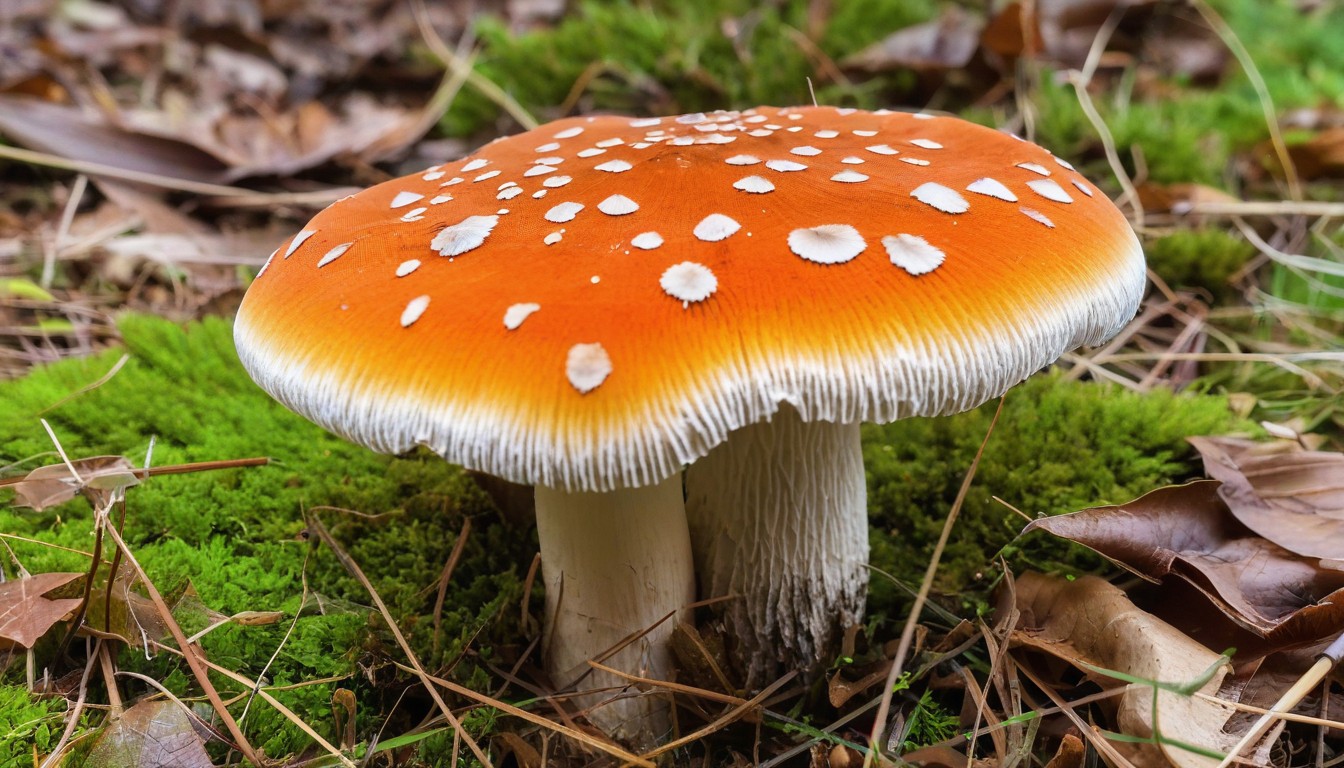
If you’re new to mushroom foraging, it’s vital to seek expert advice to ensure your safety and make the most of your experience. We’ve reached out to top foragers and mushroom experts in Arkansas and gathered their insights and recommendations. “Mushrooms are truly fascinating, yet it’s crucial to be cautious. Always get a second opinion if you’re unsure about a mushroom’s identification,” advises expert forager and founder of Arkansas Mushroom Company, Mary Jane Monk. Below are some of their top tips:
Tips | Details |
|---|---|
Join a Foraging Group | Connect with experienced foragers in Arkansas for hands-on learning, mushroom identification, and community support. |
Start with Easy-to-Identify Mushrooms | Lion’s Mane, Chicken of the Woods and Oyster mushrooms are great for beginners. |
Invest in Quality Field Guides and Resources | Carry reliable mushroom identification resources to aid in your search. |
Mushroom Identification Best Practices | Learn about mushroom identification best practices and seek confirmation from experts before ingestion. |
Choose Your Foraging Locations Wisely | Research your foraging locations and always seek permission if foraging on private property. Avoid high-risk areas. |
Be Environmentally Conscious | Leave no trace behind and avoid damaging the forest floor, trees, or other vegetation while foraging. |
Take Appropriate Safety Precautions | Wear protective gear, carry a first aid kit, and never go foraging alone. |
In conclusion, obtaining expert advice before embarking on your mushroom foraging journey can provide you with the knowledge and tools needed for a safe and enjoyable experience. Be sure to heed their advice and continue expanding your knowledge through community resources in Arkansas.
Resources and Organizations for Mushroom Enthusiasts in Arkansas
If you’re eager to expand your knowledge of mushrooms in Arkansas, there are various resources and organizations available to help you get started.
Arkansas Mycological Society
The Arkansas Mycological Society is a non-profit organization dedicated to promoting the study and enjoyment of mushrooms in Arkansas. Become a member and gain access to educational resources, monthly meetings, and foraging trips.
Ozark Mountain Mushrooms
Ozark Mountain Mushrooms is a family-owned business that offers a variety of mushroom-related products and workshops. Learn about mushroom cultivation, harvesting, and cooking in a fun and engaging environment.
University of Arkansas Division of Agriculture
The University of Arkansas Division of Agriculture offers online resources and publications on mushroom cultivation, identification, and management. Explore their website for a wealth of information on mushrooms in Arkansas.
Arkansas Nature Lovers’ Mushroom Group
The Arkansas Nature Lovers’ Mushroom Group is a community for mushroom enthusiasts in Arkansas. Join their Facebook group to exchange knowledge and experiences with other mushroom lovers.
Connect with these organizations and resources to enhance your understanding of mushrooms in Arkansas and join a thriving community of mushroom enthusiasts.
Conclusion
Now that you have familiarized yourself with the world of poisonous mushrooms in Arkansas, you can confidently explore the state’s natural beauty while prioritizing your safety. Remember, identifying and avoiding poisonous mushrooms requires keen observation skills and a willingness to learn.
Always remember to follow basic safety precautions, such as wearing protective clothing and gloves, when handling mushrooms in the wild. If you suspect mushroom poisoning, seek immediate medical attention and provide as much information as possible about the offending mushroom.
Finally, connect with other mushroom enthusiasts through the various resources and organizations available in Arkansas. Learn from experienced foragers and exchange valuable tips and insights on how to safely and responsibly forage for mushrooms.
With the right tools and knowledge, the fascinating world of mushrooms in Arkansas is waiting for you to explore while minimizing the potential risks to your health and safety.
FAQ
How do I identify poisonous mushrooms in Arkansas?
You can identify poisonous mushrooms in Arkansas by their distinctive physical characteristics. Look for features such as bright colors, unusual shapes, and the presence of a ring or cup at the base of the mushroom.
What are the potential risks associated with ingesting poisonous mushrooms?
Ingesting poisonous mushrooms can result in various health risks, including nausea, vomiting, diarrhea, abdominal pain, hallucinations, organ failure, and even death in severe cases.
Are there any mushrooms in Arkansas that resemble poisonous species but are non-toxic?
Yes, there are mushroom species in Arkansas that resemble poisonous counterparts but are non-toxic. It is crucial to learn how to differentiate between these look-alikes to avoid any accidental consumption.
When and where do poisonous mushrooms usually grow in Arkansas?
Poisonous mushrooms can grow in various seasons and habitats in Arkansas. It is important to be aware of their specific growth patterns to avoid accidental encounters.
How should I handle and remove poisonous mushrooms safely?
To handle and remove poisonous mushrooms safely, wear gloves, use a knife or a small garden trowel to carefully uproot them, and place them in a sealable bag or container to prevent further exposure.
What are the potential symptoms of mushroom poisoning?
Symptoms of mushroom poisoning can vary but may include nausea, vomiting, stomach cramps, diarrhea, dizziness, confusion, seizures, and liver or kidney damage, depending on the specific toxins present.
What should I do if I suspect mushroom poisoning?
If you suspect mushroom poisoning, seek immediate medical attention and contact your local poison control center or emergency services. Provide them with information about the mushroom and any symptoms you are experiencing.
Are there any organizations or resources for mushroom enthusiasts in Arkansas?
Yes, there are several resources and organizations in Arkansas that cater to mushroom enthusiasts. They provide information, workshops, and opportunities to connect with fellow enthusiasts to further your knowledge and passion for mushrooms.

